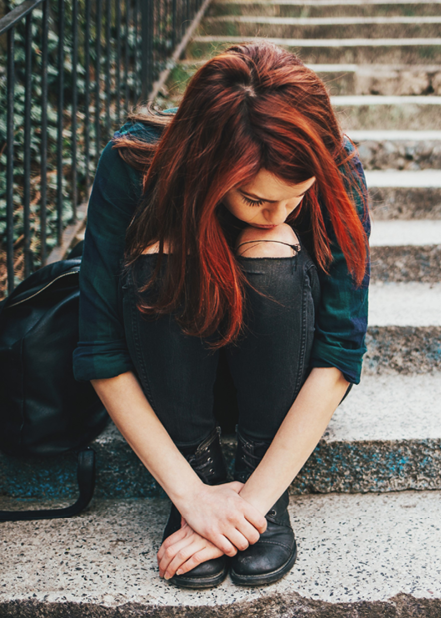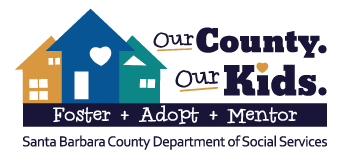
To make a report, contact our local hotline: 1-800-367-0166
Child Trafficking occurs when an individual buys, trades or sells sexual acts or forces labor with a person under the age of 19. The youth in our community are vulnerable to these predators, and Santa Barbara County wants to STOP the sexual abuse and the labor abuse of our children in our community.
Child Trafficking is child abuse, and Santa Barbara County Child Welfare Services investigates allegations of Child Trafficking in our community, while partnering with other agencies to provide services for positive outcomes for our youth and families. The Child Trafficking program in Child Welfare Services provides support to social workers as well as community partners as they seek to identify and offer assistance to children and youth within the child welfare system who are experiencing commercial sexual exploitation or labor trafficking, or are at high risk of such. The Child Trafficking Program liaisons with stakeholder agencies, non-profits, law enforcement, and other partners to build a network of response to address child trafficking.
Our child trafficking program in Santa Barbara County brings the issue of child trafficking to the forefront by educating local residents, youth, educators, and leaders in our communities about the dangers, signs, and resources available to stop child trafficking in our local community.
How you can Help
- Volunteer
- Become a Resource Family
- Report
“It’s so great to see people working on this problem. As a teen, no one knew I was being trafficked, including me. I hid all of it from everyone, or at least I thought I did. Maybe today, people would see what was really happening to me and be able to help.” - Survivor
Awareness and Identification of Child Trafficking
Frequently Asked Questions
All children under the age of 18 from diverse backgrounds whether cultural or socioeconomic are the most vulnerable to child and labor trafficking. These children are groomed to perform labor or services through force, fraud, or coercion.
• Children who have suffered from domestic abuse
• Runaways
• Children with special needs such as autism
• Immigrants
- Members of the victims own family
- Friends, boyfriends, or girlfriends and other significant others
- Trusted adults
- Predators who prey on vulnerable youth
- Youth and unrestricted or unmonitored use of the internet and social media
- Youth with current or prior involvement in the child welfare or juvenile justice systems
- Youth with a prior history of sexual abuse
- Runaway and homeless youth
- Transgender youth
- Youth with mental, emotional, or physical disabilities
- Most victimization happens behind closed doors and unfortunately, often go unnoticed
- Youth are often manipulated into taking gifts and/or forms of shelter in exchange for sex
- Many youth are coerced into believing false promises of a better life, money, and fame
- Predators often establish a serious relationships to gain the victims trust and loyalty
- A child’s dependency, whether financial or emotional, is used to guilt trip them into performing sexual acts for monetary gain
- Children are threatened, whether emotionally and/or physically, to enforce obedience and deter the victim from escaping form their captor
- Most children are either homeless, runaways, or have some involvement with the child welfare system
- Absent frequently from school or family gatherings for no given reason
- There are visible signs of physical and emotional abuse
- The youth frequently goes on long trips or vacations.
- The youth appears exhausted and malnourished
- Answers to questions are often calculated and well-rehearsed
- Their significant other is often much older
- The youth references sexual language they shouldn’t have knowledge of at their age
- For immediate emergencies, call 9-1-1
- SB County CWS Hotline: 1-800-367-0166
- National Human Trafficking Hotline: 888-373-7888
- Parks
- Bus and train stations
- Social media websites such as Instagram, Facebook, gaming sites, dating sites
- Malls
- Arcades
- False employment opportunities such as modeling or dancing
- Unmonitored and unrestricted youth who browse the internet and social media
- Former or current youth in the child welfare system
- Youth who have experienced sexual abuse in the past
- Youth who are either homeless or have run away from home
- Transgender youth
- Youth with disabilities whether mental, emotional, or physical
Minors are extremely vulnerable and can fall into dangerous territory with sexual predators, here are the most common warning signs to look for when you suspect a child is being sexually exploited:
- Lying about their age
- Behavior shifts
- Decline in school performance
- Unusually secretive
- Overly compliant
- Soiling or wetting the bed
- Emotional shifts
- Mood swings
- Loss of appetite
- Decrease in confidence
- Self-harm
- Knowledge about sexual activity beyond what they should know at a young age
- The child has an abusive/controlling and typically older significant other
- The child wears baggy clothing to hide any signs of abuse
- Youth and unrestricted or unmonitored use of the internet and social media
- Youth with current or prior involvement in the child welfare or juvenile justice systems
- Youth with a prior history of sexual abuse
- Runaway and homeless youth
- Transgender youth
- Youth with mental, emotional, or physical disabilities
Any type of work or services enforced by any person under the menace of any penalties in situations where the child has not offered themselves up voluntarily. These children are often under the legal employment age limit and experience forced labor beyond their control.
According to catla.org, common venues and industries for child labor trafficking are as follows:
- Domestic work
- Hotel and restaurant services
- Manufacturing
- Agriculture
- Health and beauty services
- Forced peddling
- Forced selling and/or cultivation of drugs
- Signs of physical and emotional abuse
- Refrain from making eye contact
- Confinement and entrapment
- Unfair wages, less than minimum wage
- Threatened by their trafficker by withholding of documents
- Poor health (health benefits often non-existent)
- Dependent on and fearful of their employer
- Excessive working hours with little to no breaks
- Feaarful of any authoritative figures (i.e. police)
- Move regularly to avoid detection
- RAINN
- The National Center for Missing and Exploited Children
- Department of Homeland Security Blue Campaign
- National Human Trafficking Resource Center
- Love 146
- Cast LA
- Hope for Justice
Volunteer
Are you interested in helping make a difference?
The Santa Barbara Program against Child Trafficking is in close partnership with the following organizations:
- North County Rape Crisis and Child Protection Center Hotline: 805-736-7273
- Standing Together to End Sexual Assault Hotline: 805-564-3696
- Victim Witness: 805-346-7518
- SART Coordinator: 805-682-0702
- SB County Behavioral Wellness 24 hour Crisis Response and Service Access: 1-888-868-1649
For additional information contact the SB County CWS Hotline for more information at: 1-800-367-0166

Become a Resource Family
Report
For immediate emergencies: call 911
SB County CWS Hotline: 1-800-367-0166
National Human Trafficking Hotline: 888-373-7888
More Information

Online Enticement: https://www.missingkids.org/theissues/onlineenticement
This involves any individual who communicates with a minor via the internet with the intent of committing a crime of sexual exploitation or abduction. This term can involve any of the following criminal acts:
- Sextortion – where a child is groomed to provide sexually explicit images and carry out a face-to-face sexual encounter
- Engaging in online sexual conversations
- Selling and/or trading minor’s sexually explicit images
The following act can occur on a number of media platforms including:
- All types of social media
- Messaging Apps
- Gaming platforms
What to look out for if you think your child is being enticed online:
- Engaging in sexual conversation/role playing as a grooming method, rather than a goal
- Asking the child for sexually explicit images and vice versa
- Developing a rapport through online compliments, likes and shared interests
- Sending or offering personal explicit images
- Lying about their age – often pretending to be younger
- Offering incentives including:
- Money/food
- Alcohol/drugs
- Hotel accommodations/transportation
Child Trafficking Response Unit 2018: Harm Reduction Information
The Harm reduction model was put into place to reduce the overall impact on dangerous/risky behavior over a period of time as opposed to the immediate elimination of those behaviors. The use of this model helps build safety and identifies the support network available to a young person who has been exploited.
“Utilizing a harm reduction approach This creates a tension with the acknowledges that change is helping professions—social workers, difficult, and that it may take a mental health clinicians, and period of time before a youth is probation officers, among others— willing or able to leave an exploitive whose objective is to protect and situation.”
– Child Trafficking Response Unit

The Harm Reduction Model addresses the following risky behavior factors often present in exploitive situations:
- Limited resources
- Unsafe relationships
- Substance use
- Risky sexual encounters
- Running away
*Note: The focus is placed on the above factors as opposed to focusing on the exclusively on the exploitation itself.
“Harm reduction is essentially a language that programs and providers must learn to speak in order for every aspect of youth engagement to be rooted in its principles.”
– Child Trafficking Response Unit
When youth are in imminent danger they may be forceably removed from the situation – Here are a few ways to use the harm reduction approach during this process:
- Have open honest conversations with regards to why they are being moved, this allows them to feel part of the decision process eliminating the threat of feeling forced into doing it.
- Ensure systems of care so that the youth doesn’t feel deprived of the needs the prior exploitation was fulfilling.
- Recognition and affirmation are key even when there is the slightest positive step forward.
- Redefine success but rather allow the youth to give you their definition of what that looks like.
“Harm reduction assists in building up a young person’s self-sufficiency and empowers them to be the primary practitioners of their own life.” – Child Trafficking Response Unit
There are three factors that are essential for better engagement with youth:
- Training
- Practitioners need direct support, coaching and guidance from their superiors to effectively employ this strategy
- Learning
- There must be a consistent approach across disciplines to ensure better engagement with youth and work against factors that may cause the youth to further retreat into their exploitive situations and disengage from services.
- Discussion
- Key stakeholders will be provided with harm reduction materials to be disseminated by steering committees who will be responsible for encouraging the development of harm reduction policies and procedures within interagency protocols.
Below are samples of practical strategies from subject matter experts on how their agency has adopted and employed the harm reduction strategy to be used as a guide on how to implement the strategy within their specific roles:

Classified as any child under the age of 18 who is missing or has run away on their own accord. This population of minors is extremely vulnerable and often become homelessness. The most common risk factors for runaway minors include the following:
- Prior missing incidents
- Drug/ Alcohol abuse
- Mental Illness including suicidal thoughts and self-harm
- Child sex trafficking
- Unattended medical conditions including special needs and unplanned pregnancies
- Gang involvement
- Online Enticement
The community can help reduce endangered runaways by:
- Become a partner that provides resources and education to help protect families and minors
- Support victims and their families by offering:
- Counseling
- Interventions
- Mental health services
- Support groups
- Raise awareness by:
- Visiting website with missing child posters
- Signing up for missing child alerts with organizations like The Adam Program
- National Center for Missing & Exploited Children
- Downloadable PDF: Autism Wandering Tips
